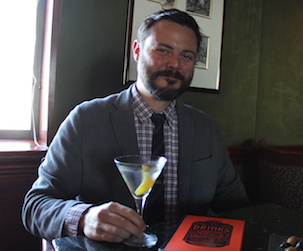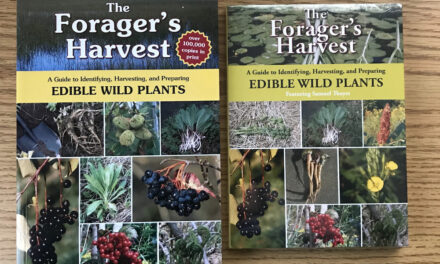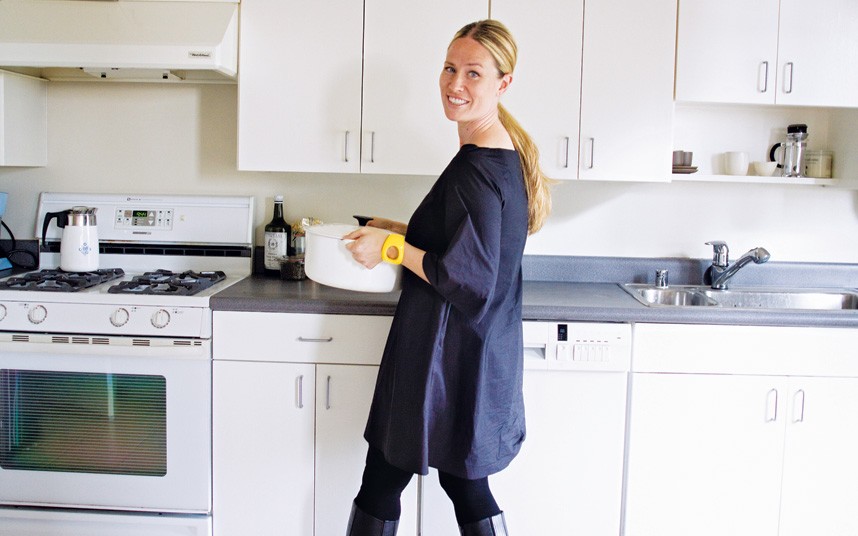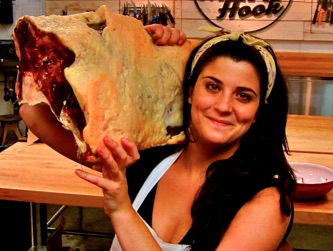Every year Good Food Revolution presents Dean Tudor’s Holiday Cookbook (and Drinkbook) reviews. Watch for new categories every week, or click here to see them all.
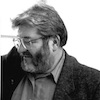 There are always many new food and wine books out there for people who have picky tastes!! What to choose? I have cast about for material and have come up with a decent selection of materials published in 2016 to satisfy any pocketbook, any host, and any friend or relative. All books and book-like materials that are listed here are RECOMMENDED for gifting, and can be purchased at a discount via Amazon.Ca, Chapters.Indigo.Ca (with free delivery on a total purchase of over $35 or so), or even The Book Depository in Guernsey (free delivery and no GST from the UK).
There are always many new food and wine books out there for people who have picky tastes!! What to choose? I have cast about for material and have come up with a decent selection of materials published in 2016 to satisfy any pocketbook, any host, and any friend or relative. All books and book-like materials that are listed here are RECOMMENDED for gifting, and can be purchased at a discount via Amazon.Ca, Chapters.Indigo.Ca (with free delivery on a total purchase of over $35 or so), or even The Book Depository in Guernsey (free delivery and no GST from the UK).
Price Alert: because of US dollar fluctuations with Canada, all prices will vary.
Part Two: Wine and Drinks Books
============================

FRENCH WINE; a history (University of California Press, 2016, 335 pages, $50 CAD hardbound) is by Rod Phillips, a history professor at Carleton University and who is also a wine writer. His work covers 2500 years on a number of different and evolving levels: vineyard areas, volumes of wine production, climate changes, new methods of making wine, regulation and fraud, changing markets, terroir, export trades. Benchmark wines are made in every region: France is the go-to place for wines in the style of Bordeaux, Burgundy, Champagne, Rhone Syrah, Provence Rose, Rhone GSM, and many others. For all of this in 335 pages (with end notes and index), it is a marvellous overview. Phillips is also very good at making the connections through his synthesis. I think his best chapter deals with phylloxera and renewal (1870-1914).
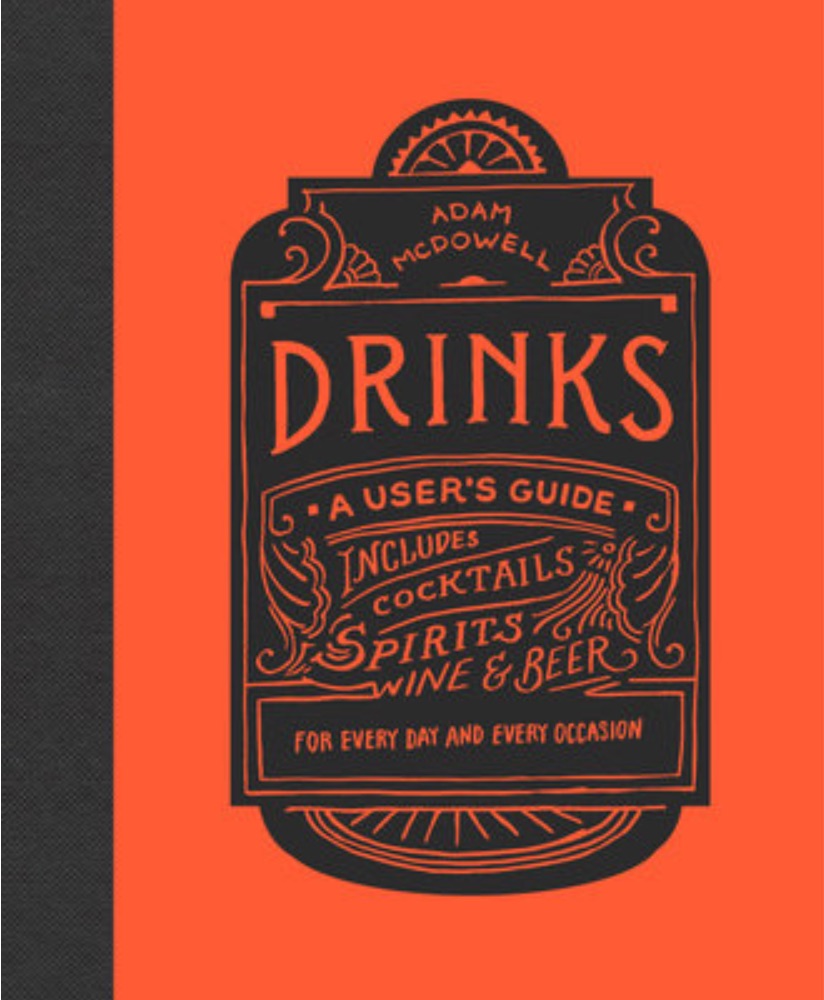
DRINKS; A USER’S GUIDE (Tarcher Perigee, 2016, 258 pages, $27 CAD hardbound) is by Adam McDowell, a Toronto drinks writer with the National Post. It includes beer, wine and cocktails for everyday and all occasions, with advice on what wine to order in a restaurant. Other tips include: don’t drink wine at weddings as they are nearly always poor; try cocktails instead. His tome is basically for beginners, with sections on stocking the home bar, how to make flawless cocktails, and some sparkling wine alternatives.

THE CANON COCKTAIL BOOK (Houghton Mifflin Harcourt, 2016, 338 pages, $40 CAD hardbound) is by Canadian-born Jamie Boudreau, who opened the multiple-award-winning Canon in Seattle in 2011 and now has a 100-drink basic menu, and James O. Fraioli, who is an award-winning (including Beard Award) cocktail and cookbook author. Indeed, the bar is only 450 square feet, with seven tables for 32 people – they need the unseen space for bottle storage. Three menus support the bar: a bi-monthly seasonal menu, a 100 page long cocktail menu, and a 165 page long spirit menu of 3500 bottles. These are recipes from the bar. He’s got a special section on Canada, honouring the west coast and even Toronto. These are his takes on the classics and the contemporaries. Extremely useful and a great souvenir.

THIS CALLS FOR A DRINK (Workman, 2016, 264 pages, $22.95 CAD hardbound) promises to give us “the best wines and beers to pair with every situation”, as described by author Diane McMartin. This is how to drink like an adult, what wine goes with a one night stand, with a blind date, if you are newly single, or binge watching television. She covers work, holidays, music festivals, weddings, baby showers, and dating. There are some good inspirations here, a mix of serious and humourous.
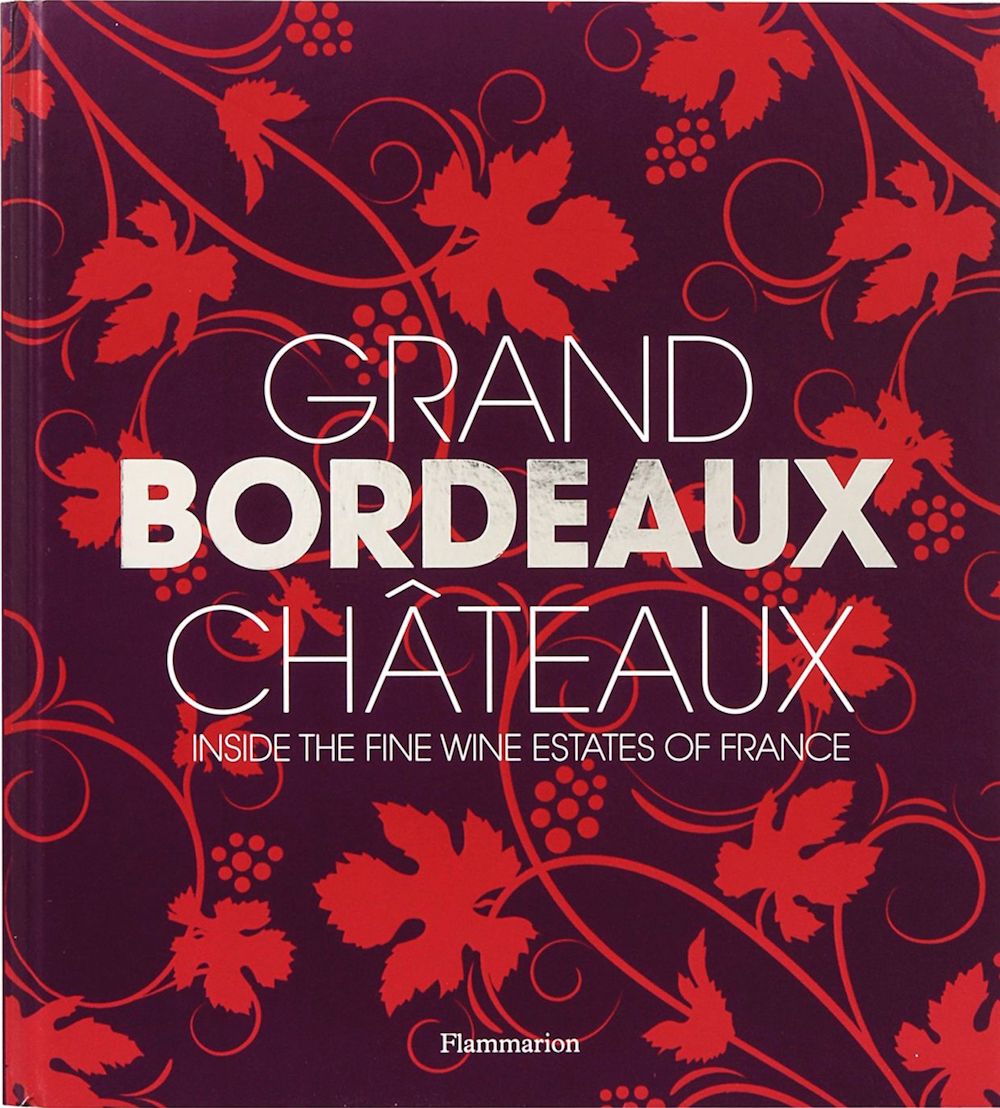 GRAND BORDEAUX CHATEAUX (Flammarion, 2016, 200 pages, $85 CAD hardbound) is a joint effort with texts by Philippe Chaix, tasting notes by James Suckling, and photographs by Guillaume de Laubier. It is a weighty tome coming in at just under 2 kilos. It’s main value is to go inside the great wine estates of Bordeaux. Here are 12 chateaux with state-of-the-art cellars that were designed by acclaimed architects. Included are Lafite Rothschild, Margaux, Mouton Rothschild, Petrus, Cheval Blanc and seven more. No Latour, mostly because it doesn’t have a modern designed wine cellar. La Dominique is here, especially as it is a UNESCO World Heritage site. A good holiday volume for the wine collector.
GRAND BORDEAUX CHATEAUX (Flammarion, 2016, 200 pages, $85 CAD hardbound) is a joint effort with texts by Philippe Chaix, tasting notes by James Suckling, and photographs by Guillaume de Laubier. It is a weighty tome coming in at just under 2 kilos. It’s main value is to go inside the great wine estates of Bordeaux. Here are 12 chateaux with state-of-the-art cellars that were designed by acclaimed architects. Included are Lafite Rothschild, Margaux, Mouton Rothschild, Petrus, Cheval Blanc and seven more. No Latour, mostly because it doesn’t have a modern designed wine cellar. La Dominique is here, especially as it is a UNESCO World Heritage site. A good holiday volume for the wine collector.

ZEN AND TONIC (The Countryman Press, 2016, 240 pages, $32.95 CAD hardbound) by Jules Aron presents savoury and fresh cocktails for the enlightened drinker. The preps are for making your own drinks at home, using organic spirits, fresh produce, herbs and other botanicals, and natural sweeteners. Covered are drinks that are lush or fruity or fresh or crisp or sweet or spicy, or some or all of these. What with all the add-ons and infusions, these are tall drinks, practically meals in themselves. Personally, I don’t think you need organic spirits (they are pricey), but do go the sustainable route with the other ingredients.
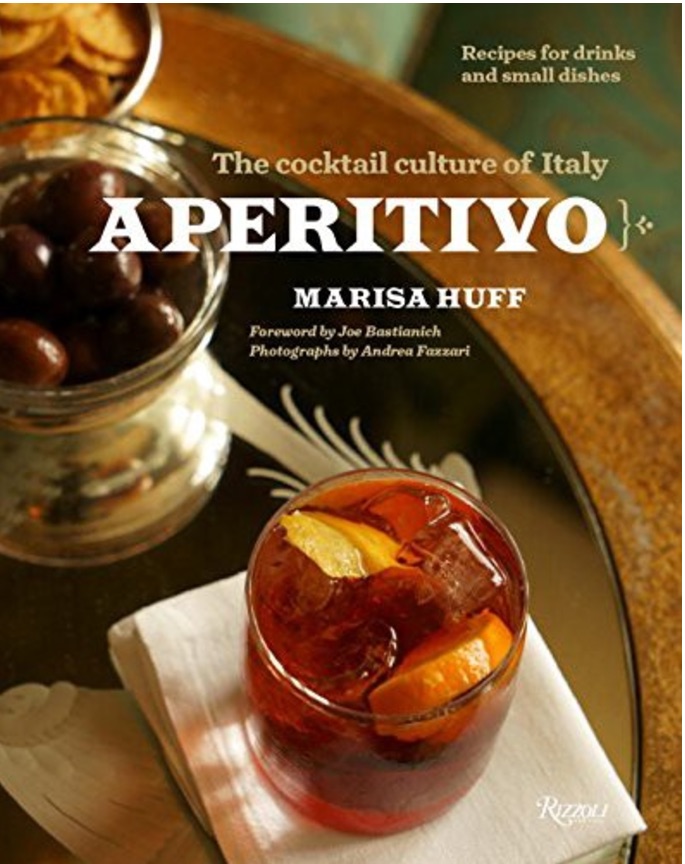
APERTIVO (Rizzoli, 2016, 224 pages, $35 CAD hardbound) is by Marisa Huff. It deals with the cocktail culture of Italy, with recipes for both drinks and for small dishes to eat with those drinks. All the preps and cocktails come from the better bars and restaurants of Venice, Milan, Turin, and others: the expensive, upscale parts of industrial Italy. Of course, it is also a travel guide to the region. The basic Italian classics are here: the Negroni, the Bellini, and the Spritz. Vermouth and bitters, coupled with the botanicals of gins, give you the herbs that are good for you and your digestion. Suggested foods include carbonara tramezzini and fried sage leaves.
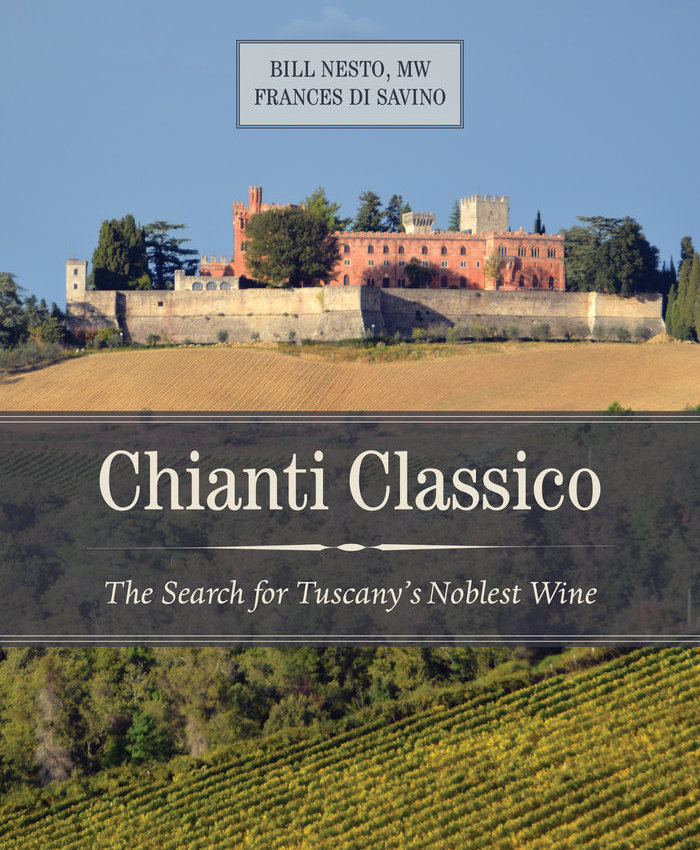
CHIANTI CLASSICO (University of California Press, 2016, 339 pages, $55.95 CAD hardbound) is by Bill Nesto MW and Frances Di Savino. It is a comprehensive search for one of Tuscany’s noblest wines. Previously they had authored the award-winning “The World of Sicilian Wine”. It’s got the history, the Medicis, the Florentine state, and then the slow degradation to the simple wine of the straw fiasco. The geographic and cultural complexity of the region is enhanced by profiles of modern day wineries. 2016 is the 300th anniversary of the Medici decree delimiting the region of Chianti. A good solid read.

BUT FIRST, CHAMPAGNE (Skyhorse Publishing, 2016, 288 pages, $46.99 CAD hardbound) is by David White, a renowned wine writer living in Washington, DC. It’s a modern guide to the world’s fave wine, complete with a history of the region and of its wines, a glossary, a bibliography, material on how to purchase and taste Champagne, sabrage, and organic/biodynamic viticulture. He’s got profiles of 80 of the leading producers (they sell millions of bottles each year), and some of the best growers (look for R.M on the bottle’s label; they sell only thousands of bottles a year). Each profile has the appropriate deets. A good heavy tome for the Champagne lover.

HOPTOPIA (University of California Press, 2016, 306 pages, $41.95 CAD paperbound) is by Peter A. Kopp, a history prof at New Mexico State University. It’s a history of hops, an entry in the California Studies in Food and Culture publication program at UC. Basically, the American craft beer revolution of the late 20th century came about through earlier global events that merged in the Willamette Valley of Oregon. Travelling from Eurasia, hops arrived in the Pacific Northwest in the 19th century, and ultimately Oregon was pronounced the “Hop Center of the World”. Kopp ‘s academic work tells the story through the environment, the culture, the economy, the labour and the science of the region. “Cascade” hops comes to mind easily from this region, as does “Nugget” and “Willamette”. An engaging tome, with many endnotes, bibliography, and comprehensive index, but very readable.
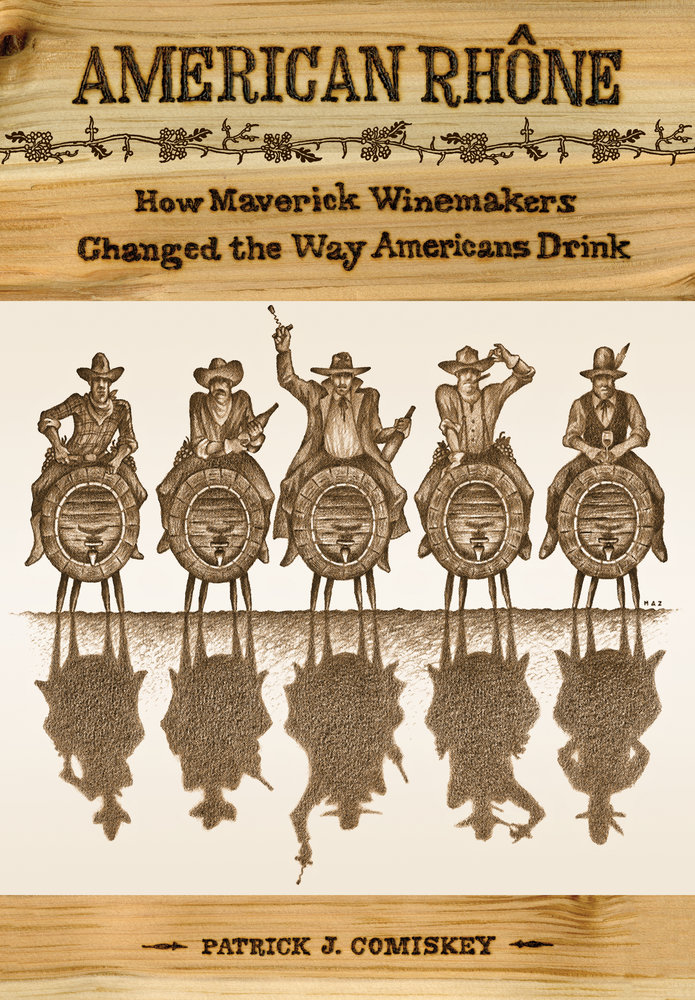
AMERICAN RHONE (University of California Press, 2016, 311 pages, $50 CAD hardbound) is by Patrick Comiskey, a major contributor to Wine & Spirits Magazine and other publications. It is the story of a movement by some California winemakers to replicate the wines of Southern Rhone in France by putting their own stamp on them. They are loosely called the “Rhone Rangers”, and have their own festivals and wine competitions. The subtitle here is “how maverick winemakers changed the way Americans drink”. Grapes from the Southern Rhone include the reds Grenache, Syrah, and Mourvedre (Mataro) , and the whites Viognier (think Condrieu), Roussanne, and Marsanne. The overheated Rhone Valley nicely transfers to Central California and to Australia. Here Comiskey explains why this wine category is expanding with more production from more acreage and energy. It is, after all, the American frontier experience. One of its leaders has been the eclectic Randall Grahm (Bonny Doon Winery).

